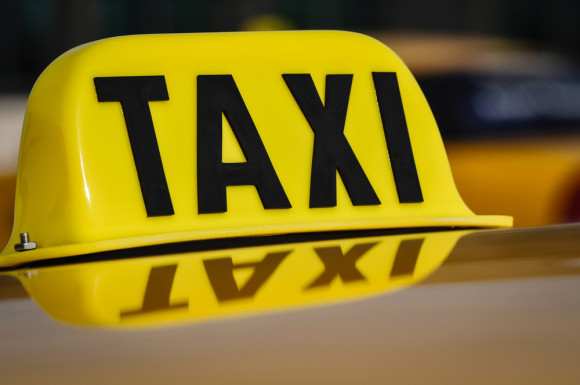In response to pressure from a coalition of rideshare drivers and companies like Uber, the New York City Council has voted to lower insurance coverage requirements for for-hire vehicles, aiming to reduce premium costs and curb insurance fraud.

The Council passed the bill overwhelmingly, with a 50-0 vote and one abstention. The legislation reduces the required amount of personal injury protection (PIP) coverage for the city’s 74,000 for-hire vehicle operators—including Uber, Lyft, traditional yellow cabs, and livery vehicles—from $200,000 per person to $100,000.
Previously, the mandated $200,000 in PIP coverage was four times higher than the $50,000 per-person minimum required elsewhere in New York State.
Now heading to Mayor Eric Adams for consideration, the legislation bars the city’s Taxi and Limousine Commission (TLC) from requiring more than double the statewide minimum for PIP coverage—effectively capping the city’s requirement at $100,000 per individual.
The effort was led by Council Member Carmen De La Rosa (D-Manhattan, District 10) and supported by Citizens for Affordable Insurance Rates (CAIR), a group backed by Uber.
“For years, New York City’s for-hire drivers have been burdened by an outdated and unfair insurance regulation that inflated their costs, restricted their coverage options, and created an environment ripe for fraud,” said De La Rosa. “Today, the Council delivered a meaningful solution.”
Advocates argue that the reduced coverage threshold will help lower costs by reducing fraudulent insurance claims—claims that contribute to rising premiums and, ultimately, higher fares. According to the New York State Department of Financial Services, suspected fraud related to no-fault insurance made up 75% of all fraud reports in 2023.
Originally, supporters had hoped to match the city’s requirement to the state’s $50,000 minimum, potentially saving drivers around $600 per year. With the new $100,000 requirement, the average annual savings are expected to be closer to $300.
Still, not everyone is convinced the changes will lead to real savings. During a City Council hearing in February, TLC Commissioner David Do expressed skepticism, stating that “any savings might be retained by insurers instead of passed on to drivers.”
Proponents of the bill also believe the adjustment could help bring more insurance companies into the city’s for-hire vehicle market. The timing is notable, as American Transit Insurance Co. (ATIC)—which insures over 60% of the local market—is facing financial instability and has cited fraud in the no-fault insurance system as a major issue.
Uber Spends Big on Insurance Reform Push
The Council’s move is part of a larger initiative spearheaded by Uber and CAIR to address New York’s insurance landscape. CAIR has called for legislative action at the state level to combat no-fault fraud and reduce excessive legal costs tied to insurance claims. As part of this campaign, Uber has spent six figures on advertising to rally public and political support for reform in Albany.


I’m concerned that reducing insurance coverage requirements could leave passengers and drivers more vulnerable. It seems like a step backward for safety.
I think this bill makes sense, especially for small drivers and gig economy workers. It’s a way to reduce financial strain while still maintaining reasonable safety standards.
While I understand the need to support for-hire vehicle drivers, lowering insurance coverage seems risky. It could end up costing everyone more in the long run if something goes wrong.